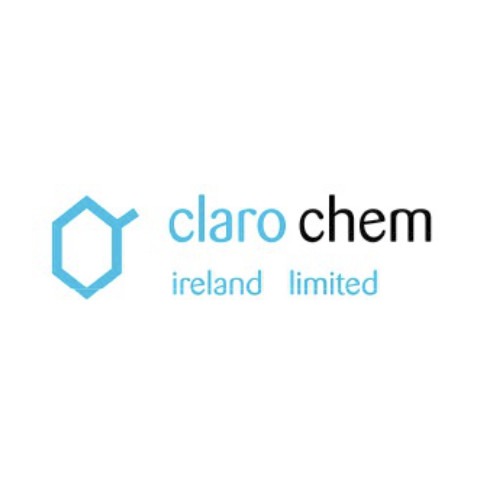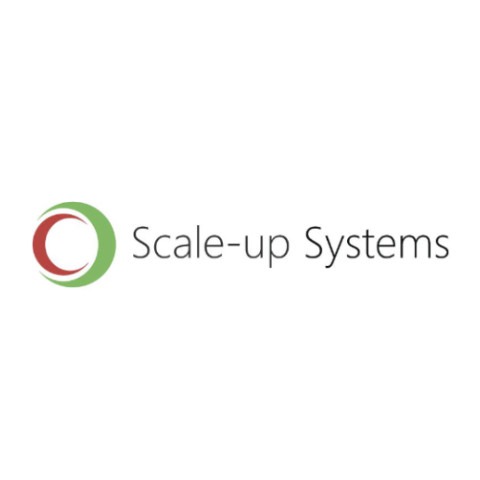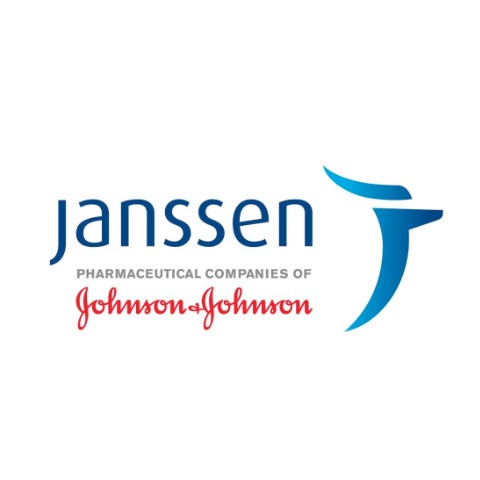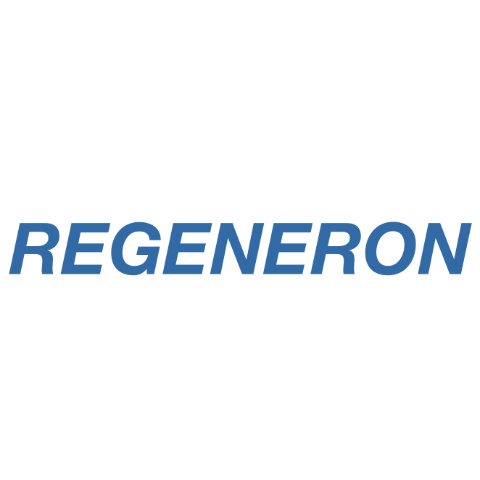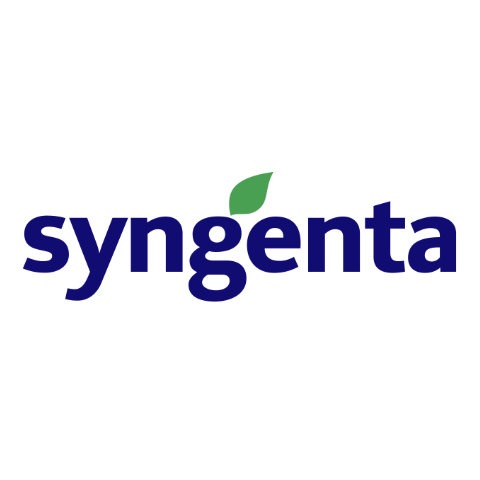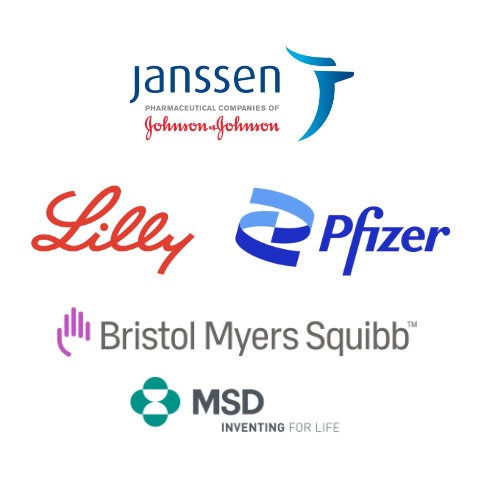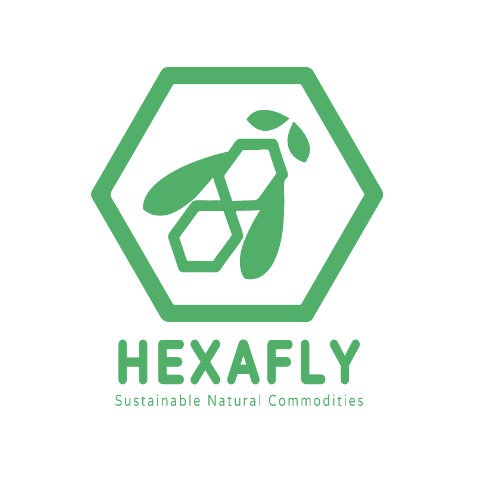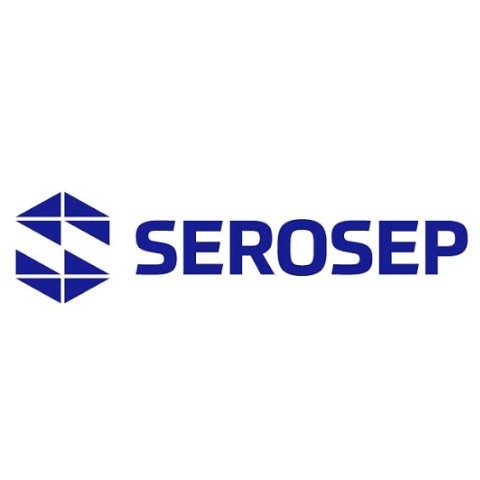Proteomic and Post-translational modification characterisation of recombinant Chinese hamster ovary (CHO) cells to improve the efficiency of biotherapeutic production
Paula Meleady’s research is based on the ‘Proteomic and Post-translational modification characterisation of recombinant Chinese hamster ovary (CHO) cells to improve the efficiency of biotherapeutic production.’ In CHO production cell cultures, the expression of high levels of recombinant biopharmaceuticals is linked to inducing endoplasmic reticulum (ER) stress, causing enhanced unfolded protein response (UPR) levels to maintain cell viability and productivity. ER stress mechanisms are poorly understood in CHO cells and are a major bottleneck in improving the efficiency of production of high-cost recombinant biopharmaceuticals.
Ubiquitination targets substrates (e.g., misfolded proteins) for degradation but also has important regulatory control functions including cell cycle regulation, translation, apoptosis, etc. and hence is likely to be central to understanding and controlling productivity of recombinant biotherapeutics. We are investigating the proteome and the ubiquitinated proteome of CHO cell lines expressing industrially relevant biotherapeutics, chosen for different bioprocess phenotypes (e.g., temperature shift, culture longevity) and different levels of productivity, using advanced LC-MS/MS strategies to gain a better understanding of how ubiquitination is involved in the regulation of these phenotypes (Ryan et al. 2023)1. From the work to date we have identified several promising protein targets for cell engineering to improve growth and productivity of recombinant CHO cells.
Paula’s group is currently collaborating with the biopharma industry investigating proteomic strategies to identify process changes that can affect the productivity and product quality of biopharmaceutical products from recombinant CHO Cells.
Ryan D, Sideri C, Efeoglu E, Henry M, Meleady P. Label-free quantitative proteomics analysis of producer and non-producer Chinese Hamsters Ovary (CHO) cells under ER stress conditions. Curr. Res. Biotechnol. 2023, 10014. doi.org/10.1016/j.crbiot.2023.100141
Impact
The long-term impact from the work would be to improve the efficiency of biopharmaceutical production from recombinant mammalian cell lines such as CHO cells, with the ultimate aim to drive down costs of expensive recombinant drugs to the patient and healthcare providers. We are also training PhD and postdoctoral scientists for the biopharma industry with skills in mammalian cell culture, protein analytics, proteomics and mass spectrometry.
For full list of publications see https://scholar.google.com/citations?user=Ur9UsgIAAAAJ&hl=en
Selected publications (biopharma-related)
- Ryan D, Sideri C, Efeoglu E, Henry M, Meleady P. Label-free quantitative proteomics analysis of producer and non-producer Chinese Hamsters Ovary (CHO) cells under ER stress conditions. Curr. Res. Biotechnol. 2023, 10014. doi.org/10.1016/j.crbiot.2023.100141
- Bryan L, Clynes M, Meleady P. The emerging role of cellular post-translational modifications in modulating growth and productivity of recombinant Chinese hamster ovary cells. Biotechnol Adv. 2021 Jul-Aug;49:107757. doi: 10.1016/j.biotechadv.2021.107757
- Bryan L, Henry M, Kelly RM, Frye CC, Osborne MD, Clynes M, Meleady P. Mapping the molecular basis for growth related phenotypes in industrial producer CHO cell lines using differential proteomic analysis. BMC Biotechnol. 2021 Jul 23;21(1):43. doi: 10.1186/s12896-021-00704-8.
- Bryan L, Henry M, Kelly RM, Lloyd M, Frye CC, Osborne MD, Clynes M, Meleady P. Global phosphoproteomic study of high/low specific productivity industrially relevant mAb producing recombinant CHO cell lines. Curr Res Biotechnol. 2021 3:49-56. https://doi.org/10.1016/j.crbiot.2021.02.002.
- Bryan L, Henry M, Barron N, Gallagher C, Kelly RM, Frye CC, Osborne MD, Clynes M, Meleady P. Differential expression of miRNAs and functional role of mir-200a in high and low productivity CHO cells expressing an Fc fusion protein. Biotechnol Lett. 2021 Aug;43(8):1551-1563. doi: 10.1007/s10529-021-03153-7.
- Martinez-Lopez JE, Coleman O, Meleady P, Clynes M. Transfection of miR-31* boosts oxidative phosphorylation metabolism in the mitochondria and enhances recombinant protein production in Chinese hamster ovary cells. J Biotechnol. 2021 Jun 10;333:86-96. doi: 10.1016/j.jbiotec.2021.04.012.
- Kaushik P, Valdés-Bango Curell R, Henry M, Barron N, Meleady P. Quantitative proteomic and phosphoproteomic analysis of CHO-K1 cells adapted to growth in glutamine-free media. Biotechnology Letters. 2020 Dec;42(12):2523-2536.
- Dahodwala H, Kaushik P, Tejwani V, Kuo C-C, Menard P, Henry M, Voldborg BG, Lewis NE, Meleady P, Sharfstein ST. Increased mAb production in amplified CHO cell lines is associated with increased interaction of CREB1 with transgene promoter. Curr Res Biotechnol. 2019 Nov;1:49-57. doi: 10.1016/j.crbiot.2019.09.001.
- Li S, Cha SW, Heffner K, Hizal DB, Bowen MA, Chaerkady R, Cole RN, Tejwani V, Kaushik P, Henry M, Meleady P, Sharfstein ST, Betenbaugh MJ, Bafna V, Lewis NE. Proteogenomic Annotation of Chinese Hamsters Reveals Extensive Novel Translation Events and Endogenous Retroviral Elements. J Proteome Res. 2019 Jun 7;18(6):2433-2445. doi: 10.1021/acs.jproteome.8b00935
- Coleman O, Suda S, Meiller J, Henry M, Riedl M, Barron N, Clynes M, Meleady P. Increased growth rate and productivity following stable depletion of miR-7 in a mAb producing CHO cell line causes an increase in proteins associated with the Akt pathway and ribosome biogenesis. J Proteomics. 2019 Mar 20;195:23-32. doi: 10.1016/j.jprot.2019.01.003.


